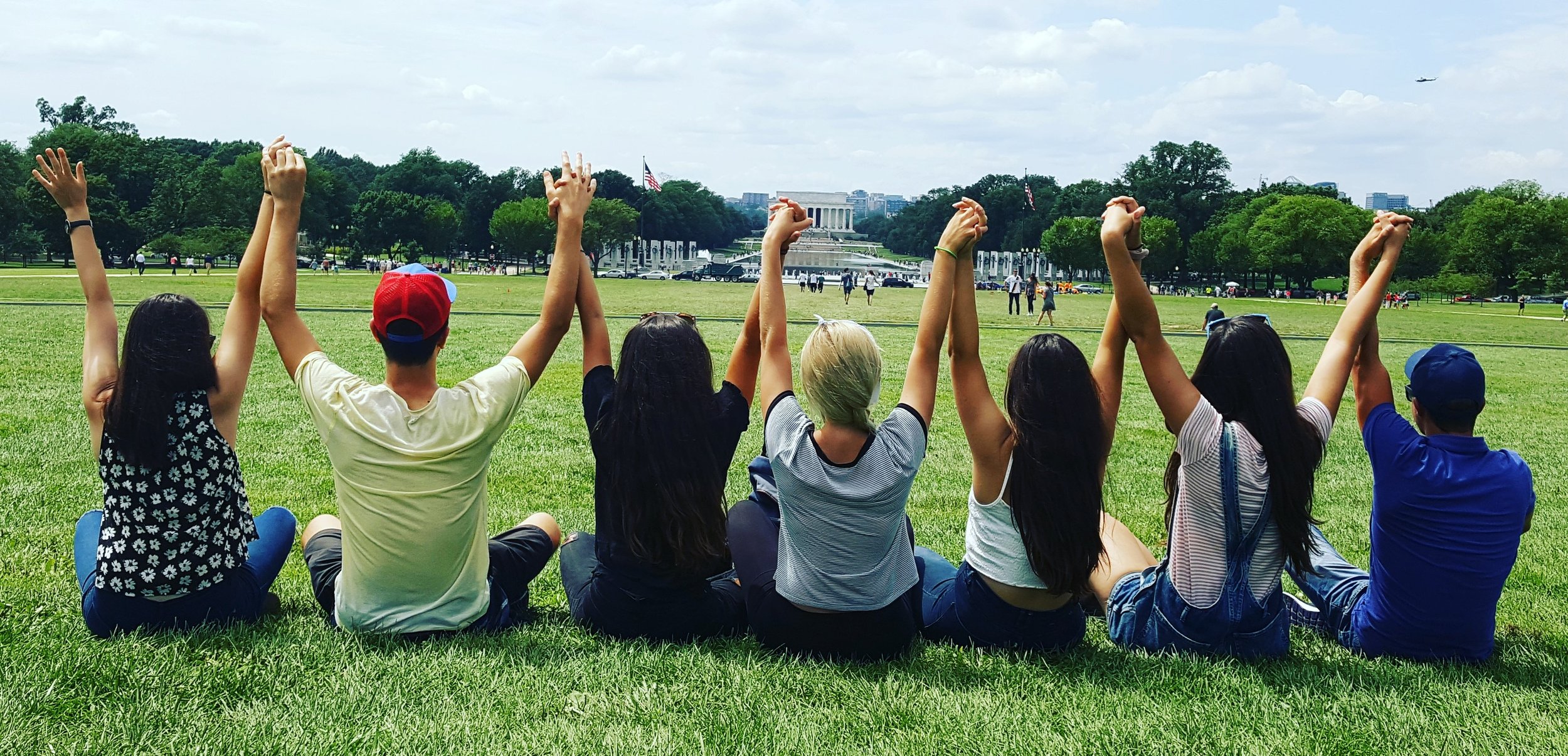
Myths and Realities of BridgeUSA
Since 1961, short term exchange programs have welcomed hundreds of thousands of visitors to the United States through J-1 Visa/BridgeUSA programs. However, many myths about the programs persist. Below, we unpack some of the most commonly heard misconceptions and share the reality. Read more about the positive impact BridgeUSA programs has on U.S. interests and local communities.
Expand the myths below to learn about the realities of the BridgeUSA program.
-
Reality: By law, BridgeUSA participants must not be used as substitutes for ordinary employment or work purposes, nor may they work under circumstances to displace American workers. In fact, without BridgeUSA, U.S. employment and employers would suffer in some communities. Importantly – and distinct from other visa types – BridgeUSA is not an immigration program. Participants must return home upon its completion. The program instead helps U.S. employers address temporary shortfalls in the workforce, mitigating what would otherwise be an economic disruption.
BridgeUSA participants may also help preserve levels of employment for Americams. A 2021 survey by the Alliance for International Exchange indicated that 90% of surveyed employers could not meet peak staffing needs without J-1 Visa Exchange Visitors. In a 2017 EurekaFacts survey, 22% of employers say it is "likely or very likely that they would have to lay off permanent American staff members after the season [if not for BridgeUSA participants].” Because of supplemental staffing from BridgeUSA programs, American businesses can maintain their operations and levels of U.S. employees.
-
Reality: Before they can enter the United States, every BridgeUSA participant undergoes a thorough vetting at the U.S. embassy or consulate in their country. To even get an interview to compete for a visa, participants must show proof of their U.S.-based sponsor, temporary position in the U.S., funds to pay for the program, and plans to return home.
For some BridgeUSA programs, participants must also provide proof of a training plan that has been agreed upon and the resources and personnel who will be available to guide them in the specified program.
While in the U.S., participants are evaluated regularly by their supervising hosts and checked on by their sponsors. After the program, their visas expire and they must return home.
-
Reality: Participants work, live, and study in urban and rural environments across all 50 states. They inject more than $1.2 billion into the U.S. economy overall. What’s more, by law, exchange programs must be “balanced and representative of the diversity of American political, social, and cultural life.”
-
Reality: BridgeUSA (J-1) visas are non-immigrant visas. All visas are time limited. Employers and sponsors must demonstrate that the positions are temporary in nature and include elements of cultural exchange (not just work). To qualify to come to the U.S., participants must explain their plans to return home afterwards. BridgeUSA programs are not intended to displace U.S. workers or allow employers to hire non-national workers around the formal channels of the immigration system.
-
Reality: BridgeUSA programs operate at no cost to U.S. taxpayers. Participants are typically self-financed or financed by their home government or hosting institution. Most participants earn and spend wages in the United States to help address their costs of living.
-
Reality: BridgeUSA programs combine elements of work with elements of cultural exchange. Host families and employers invite participants to local baseball, football, and other sporting events. They arrange outings to historical sites and help participants enjoy American holidays like the Fourth of July. The point of these programs is to build interpersonal connections between Americans and individuals from around the world, not just fill a workforce need.
-
Reality: BridgeUSA programs combine elements of work with elements of cultural exchange. Before they come to the United States, participants must establish a plan that links this cultural experience with further education, training, and/or research. Participants learn about U.S. business practices in their field – as well as the U.S. approach to entrepreneurship, professional development, and market economics – by interacting with Americans in and out of the workplace. They are not tourists.
